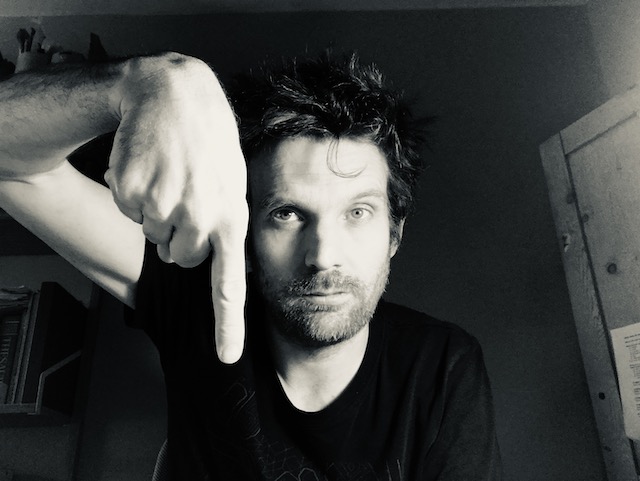In street theatre, the clown lives for the audience. I’m not talking here about the stereotype of the kids’ entertainment performer, but of the much older sort of clown performance. The kind of clown who appears on stage with nothing more than a funny outfit, a sense of curiosity and maybe a trick or two up their sleeve. In this sort of performance, the whole purpose of the clown is to find something that will make their audience laugh.
So if they do something, and the audience laughs, that’s good feedback. They do it some more. If it is a funny gesture, they refine it. When they get more laughs, they amplify the movement and the laughter increases. If that amplification of the movement didn’t correspond to an increase in volume of laughter, they bring it back down again and try a different variation.
In improvised clown performance, there are strong reinforcing and balancing feedback loops at play. When the audience laughs more, the clown does it more. When the audience laughs less, the clown does it less.
The clown, with no script, few props, and lightly held plans, has stripped back all the barriers between them and the audience. This stripped-back approach creates an intense feedback loop which keeps the clown on purpose: of making the audience laugh.
